Is your medicine cabinet overflowing with expired medications and half-used bottles? It's time to declutter and organize! But before you can find the perfect storage solutions, you need to accurately measure your medicine cabinet. In this ultimate guide, we'll show you step-by-step how to measure your medicine cabinet for a perfect fit.
Whether you're looking to add additional shelves, bins, or dividers, having the right measurements is essential. Don't rely on guesswork or estimates – get it right the first time and save yourself the hassle of returns or wasted space.
Our guide will walk you through the process, from measuring the height, width, and depth of your medicine cabinet, to considering any obstructions or restrictions that may affect the size of your storage solutions.
With our expert tips and tricks, you'll be able to transform your cluttered medicine cabinet into an organized oasis in no time. Say goodbye to expired medications and hello to efficient storage – let's get measuring!
Importance of Measuring Your Medicine Cabinet Accurately
A well-organized medicine cabinet not only saves you time and frustration but also ensures that your medications are easily accessible when you need them. Accurate measurements are crucial when it comes to finding the right storage solutions for your medicine cabinet. Whether you're looking to add additional shelves, bins, or dividers, having the right measurements is essential. Don't rely on guesswork or estimates – get it right the first time and save yourself the hassle of returns or wasted space.
Tools Needed for Measuring Your Medicine Cabinet

Before you begin measuring your medicine cabinet, gather the necessary tools to ensure accuracy. Here's a list of essential tools you'll need:
- Measuring Tape: A flexible measuring tape is the most important tool for accurately measuring your medicine cabinet. Choose one with both imperial and metric measurements for convenience.
- Notebook and Pen: Keeping a record of your measurements is crucial for future reference. Jot down the measurements as you go to avoid confusion.
- Level: A level will come in handy when installing new shelves or other storage solutions. It ensures that everything is perfectly aligned.
- Flashlight: Depending on the lighting in your bathroom, a flashlight can help you see inside your medicine cabinet better, especially if it's a larger cabinet.
Now that you have your tools ready, let's dive into the step-by-step guide for measuring your medicine cabinet.
Step-by-Step Guide to Measuring Your Medicine Cabinet
- Remove all items: Start by emptying your medicine cabinet completely. This will give you a clear space to work with and ensure accurate measurements.
- Measure the height: Using your measuring tape, measure the height of the interior space from the top to the bottom. Take multiple measurements at different points and record the highest measurement. This will ensure that any storage solutions you choose won't be too tall for your cabinet.
- Measure the width: Next, measure the width of the interior space from left to right. Again, take multiple measurements at different points and record the widest measurement. This will ensure that any storage solutions fit snugly inside your cabinet without wasting any space.
- Measure the depth: Measure the depth of the interior space from the back to the front. Take multiple measurements at different points and record the deepest measurement. This will help you choose storage solutions that won't protrude too much, maintaining a sleek and organized look.
- Consider any obstructions: Take note of any obstructions such as hinges, lighting fixtures, or electrical outlets inside your medicine cabinet. Measure the distance between these obstructions and the walls of your cabinet. This will help you determine the usable space and avoid any storage solutions that may interfere with these obstructions.
Common Mistakes to Avoid When Measuring Your Medicine Cabinet
While measuring your medicine cabinet may seem straightforward, there are some common mistakes you should avoid to ensure accuracy. Here are a few to keep in mind:
- Not measuring multiple points: Cabinets are rarely perfectly square, so it's important to measure multiple points to account for any variations. This will help you find the maximum height, width, and depth of your cabinet.
- Forgetting to account for obstructions: Failing to measure the distance between obstructions and the walls of your cabinet can lead to ill-fitted storage solutions. Take the time to measure and consider any obstructions to ensure a perfect fit.
- Not recording measurements: It's easy to forget measurements, especially if you're measuring multiple cabinets or taking a break in between. Always record your measurements in a notebook or on your phone to avoid confusion later on.
Understanding Dimensions and Terminology
When shopping for storage solutions for your medicine cabinet, you'll come across various dimensions and terminology. Understanding these terms will help you choose the right products with confidence. Here are a few key terms to familiarize yourself with:
- Height: The vertical measurement from the top to the bottom of the interior space.
- Width: The horizontal measurement from left to right of the interior space.
- Depth: The measurement from the back to the front of the interior space.
- Usable Space: The space available inside the cabinet, excluding any obstructions or restrictions.
- Clearance: The distance between the top of an item and the shelf above it. This is important to consider if you're adding shelves or stacking items inside your cabinet.
Tips for Measuring Odd-Shaped or Non-Standard Medicine Cabinets
Not all medicine cabinets are created equal. If you have an odd-shaped or non-standard medicine cabinet, here are a few tips to help you measure accurately:
- Break it down: If your medicine cabinet has multiple compartments or shelves, measure each section separately. This will allow you to find the right storage solutions for each specific area.
- Use cardboard templates: If your medicine cabinet has curved or irregularly shaped sections, use cardboard to create templates. Cut the cardboard to match the shape and size of each section and use these templates to find the perfect storage solutions.
- Consult with experts: If you're unsure about measuring your odd-shaped or non-standard medicine cabinet, don't hesitate to consult with experts. They can provide guidance and recommend suitable storage solutions based on your cabinet's unique dimensions.
Choosing the Right Replacement Medicine Cabinet Based on Your Measurements
Once you have accurate measurements of your medicine cabinet, it's time to choose the right replacement cabinet. Consider the following factors when making your selection:
- Size: Ensure that the new cabinet's height, width, and depth match or slightly exceed your measurements. This will allow for a seamless fit and optimal storage capacity.
- Style: Choose a replacement cabinet that matches your bathroom's decor and your personal style. Consider the material, color, and design to create a cohesive and visually appealing look.
- Features: Determine the features you need in a medicine cabinet. Do you prefer adjustable shelves, built-in lighting, or mirrored doors? Assess your storage needs and find a cabinet that offers the functionality you desire.
Installing Your New Medicine Cabinet
Once you have your new medicine cabinet, it's time to install it. Follow these steps for a successful installation:
- Prepare the space: Clear the area around your existing medicine cabinet and ensure that it's clean and free from any debris. This will make the installation process smoother.
- Remove the old cabinet: Carefully remove your old medicine cabinet by unscrewing it from the wall. Use caution to avoid damaging the surrounding area.
- Install the new cabinet: Follow the manufacturer's instructions to install your new medicine cabinet. Use a level to ensure that it's perfectly straight and aligned.
- Secure the cabinet: Once the cabinet is in place, secure it to the wall using screws or brackets as recommended by the manufacturer. Ensure that it's stable and securely attached.
Maintenance and Care Tips for Your Medicine Cabinet
To keep your medicine cabinet in top condition and ensure its longevity, follow these maintenance and care tips:
- Regular cleaning: Wipe down the interior and exterior of your medicine cabinet regularly to remove dust, dirt, and moisture. Use mild cleaning solutions and non-abrasive cloths to avoid damaging the surface.
- Check for expiration dates: Regularly check the expiration dates of your medications and dispose of any expired or unused items. This will keep your medicine cabinet clutter-free and ensure that you're only using safe and effective medications.
- Avoid excessive weight: Be mindful of the weight you place on shelves or inside your medicine cabinet. Avoid overloading it with heavy items to prevent damage or sagging.
Conclusion: Enjoying a Perfectly Fitted Medicine Cabinet
By accurately measuring your medicine cabinet, you can transform it from a cluttered mess into an organized oasis. Follow the step-by-step guide provided in this ultimate guide, and avoid common mistakes to ensure accuracy. With the right measurements, you'll be able to find the perfect storage solutions that fit seamlessly inside your medicine cabinet. Remember to consider obstructions, understand dimensions and terminology, and choose the right replacement cabinet based on your measurements. With proper installation and maintenance, you'll enjoy a perfectly fitted medicine cabinet that brings efficiency and order to your daily routine. Say goodbye to expired medications and hello to an organized and functional space!


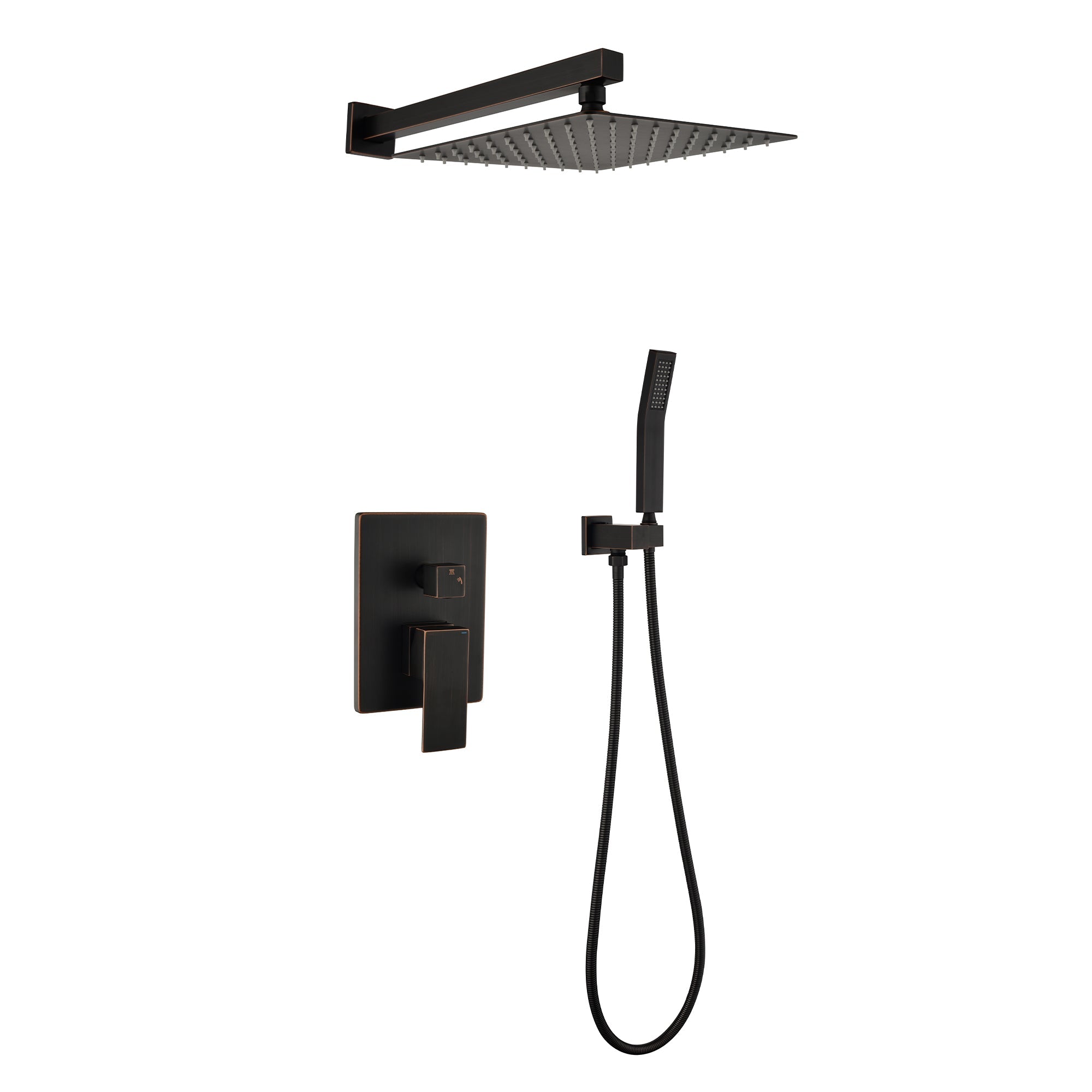



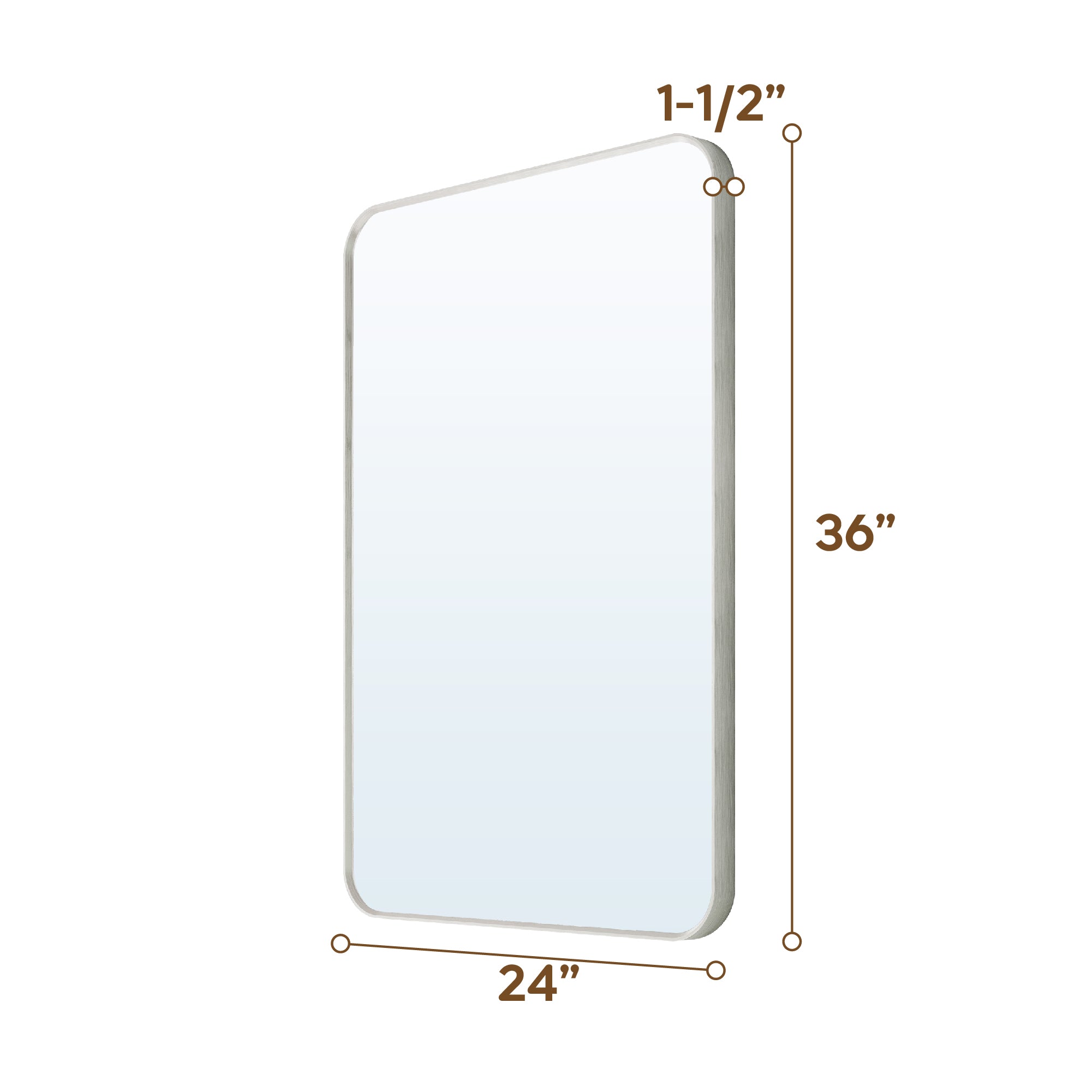
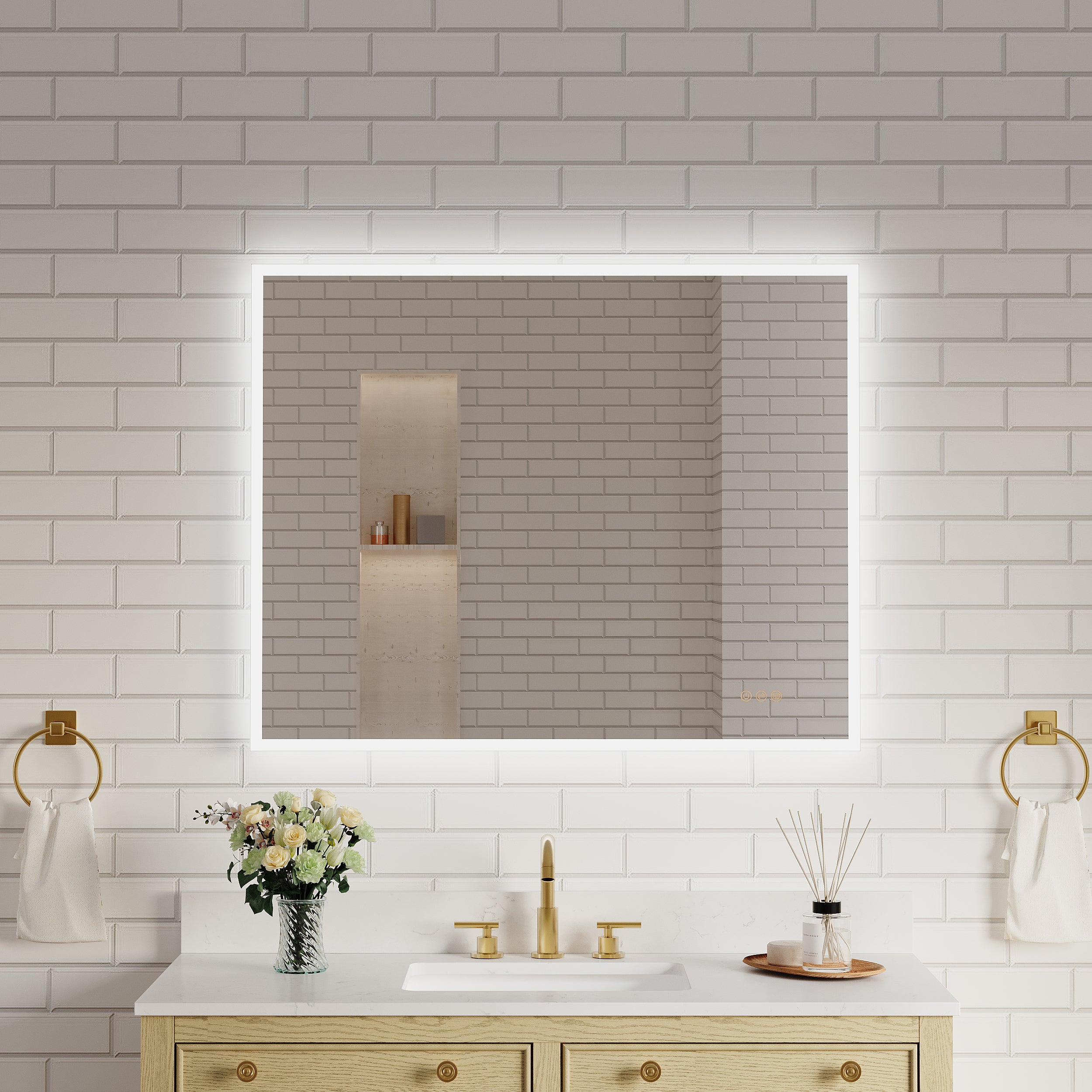
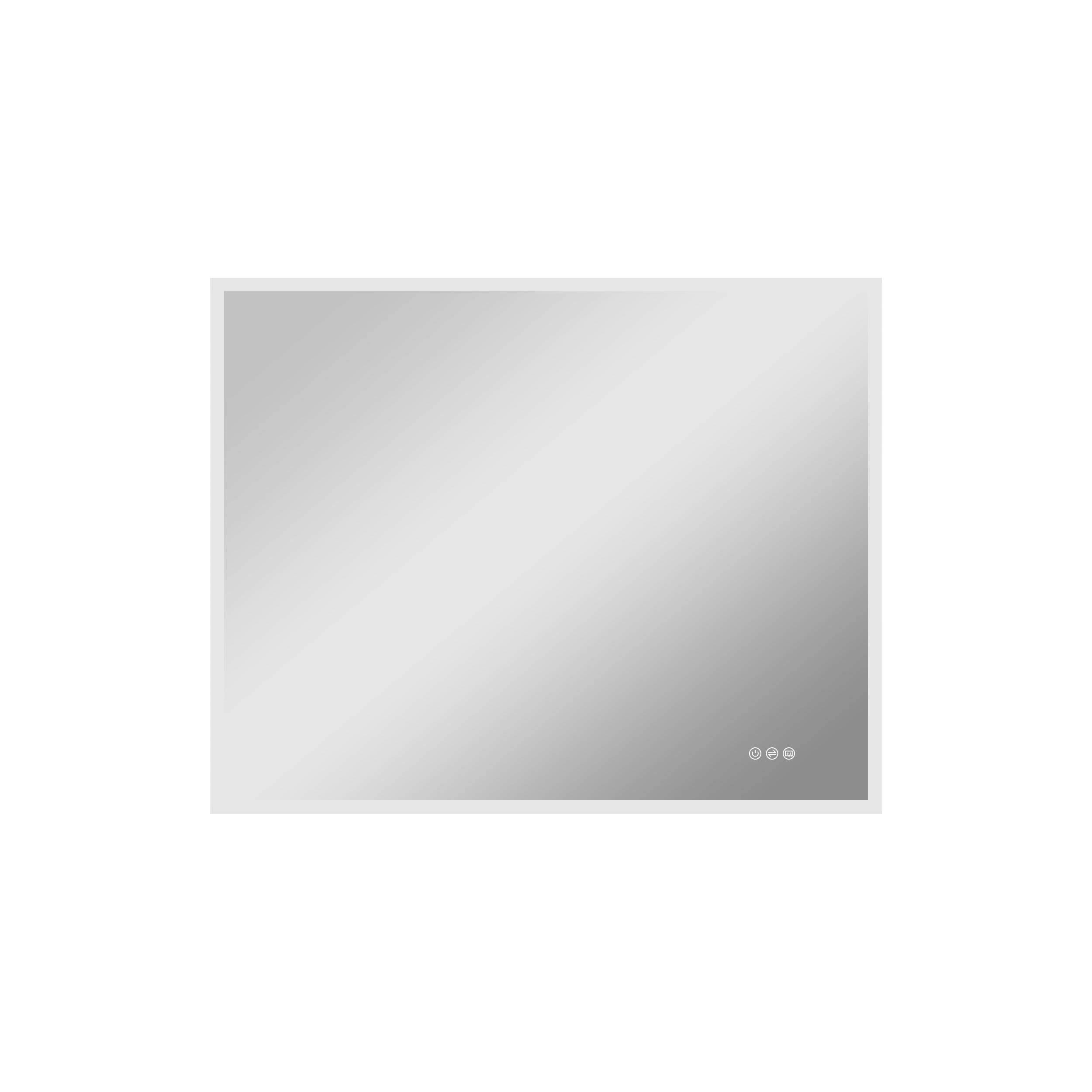

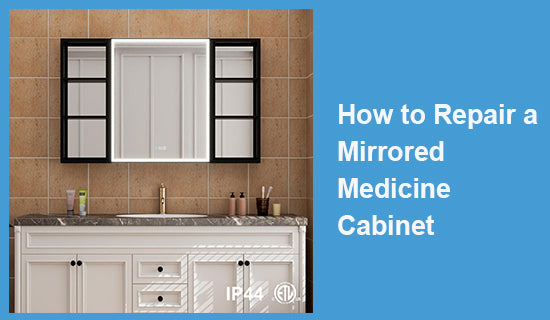
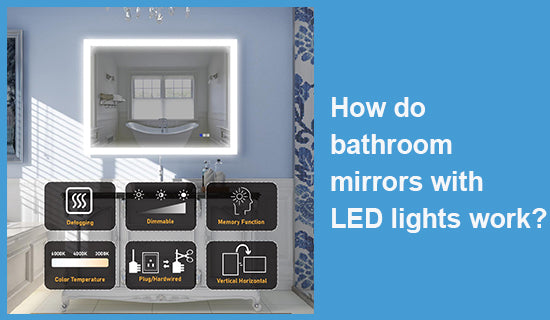

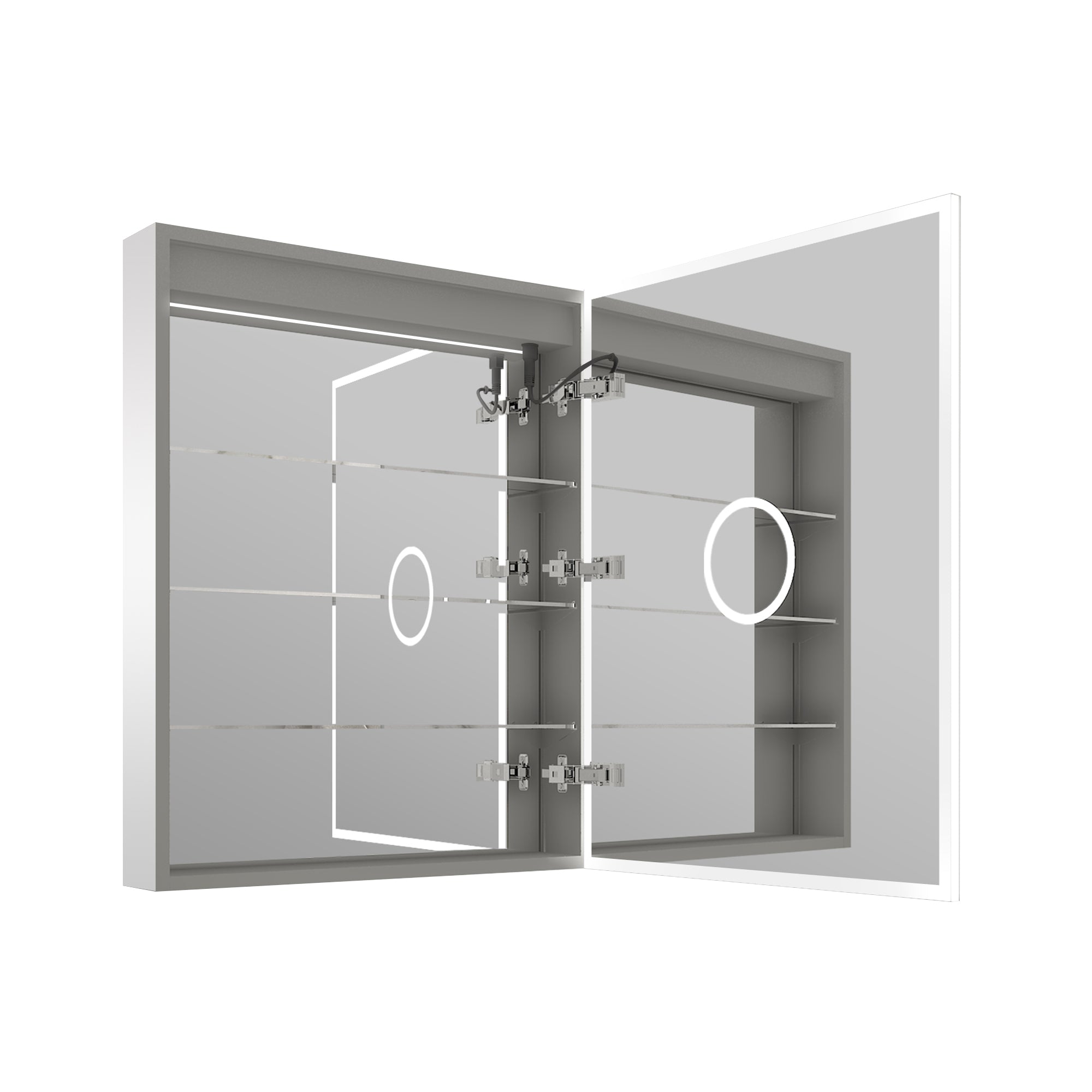
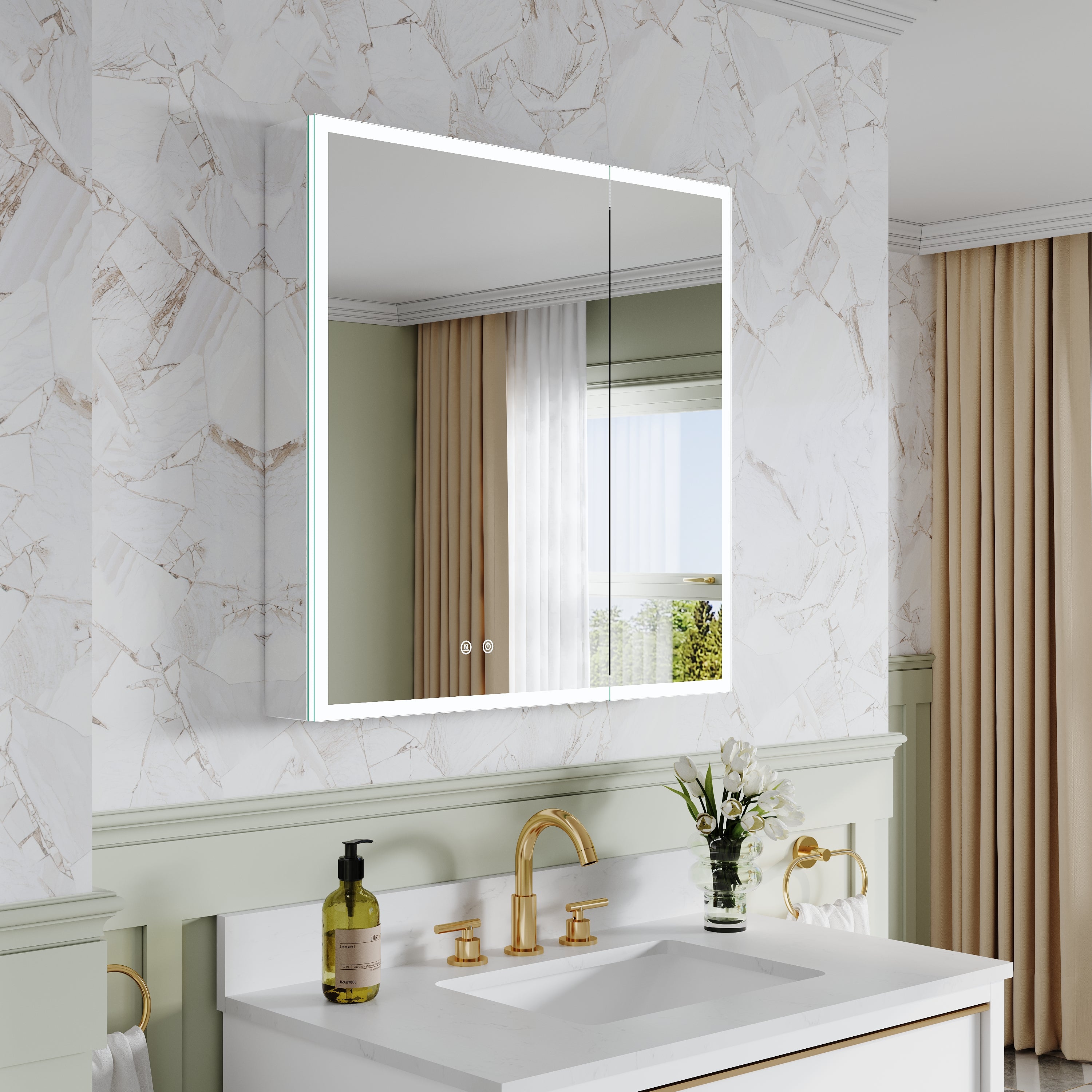



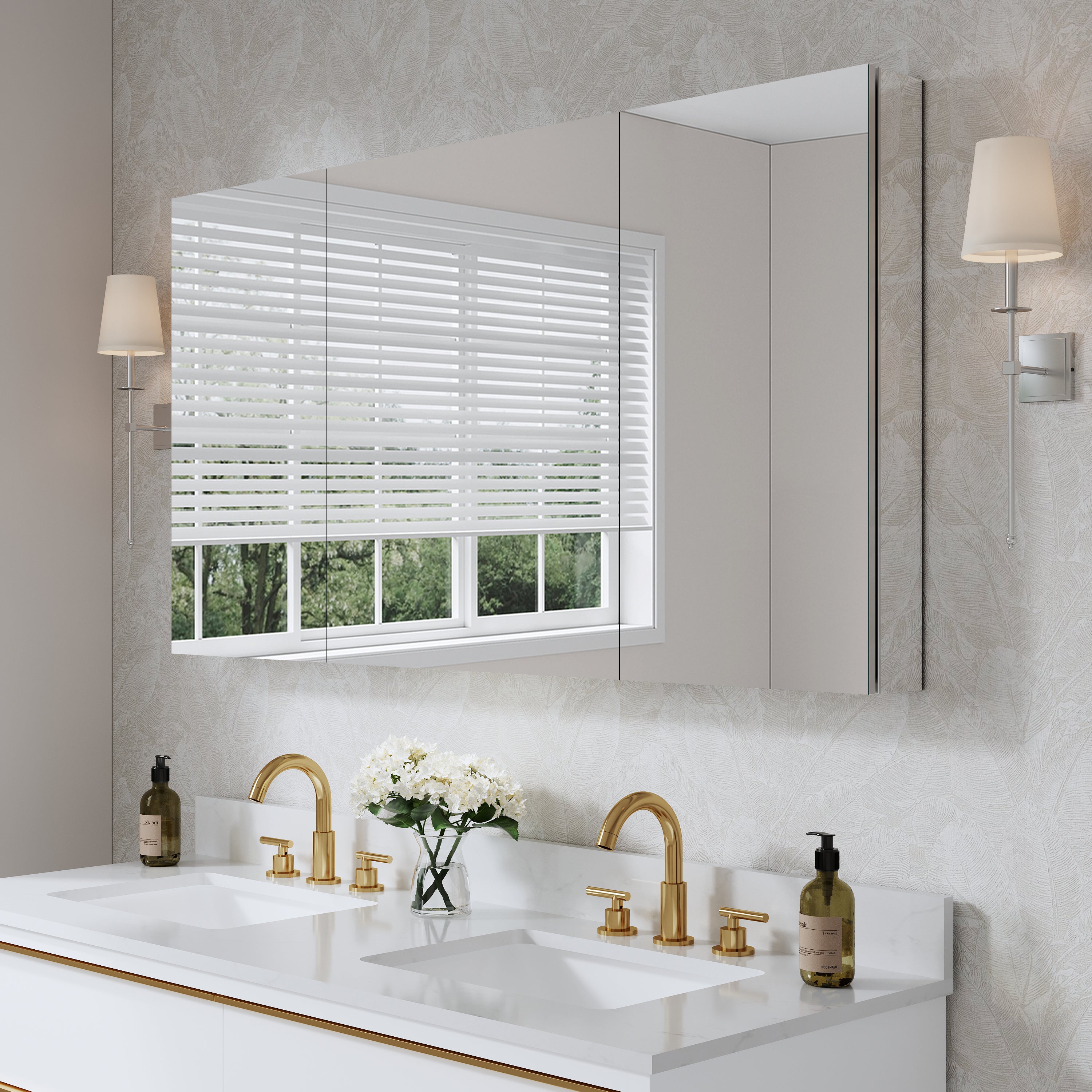



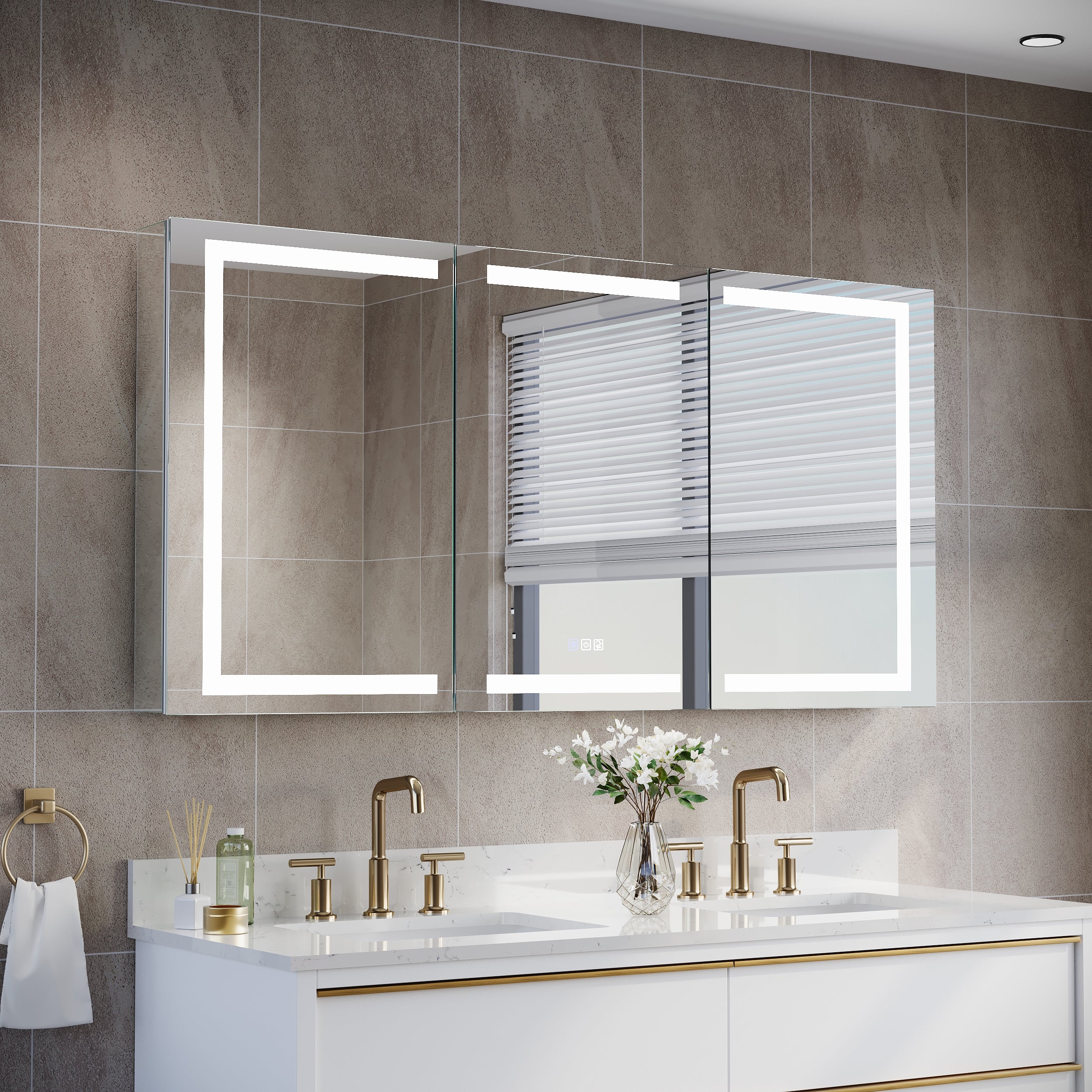



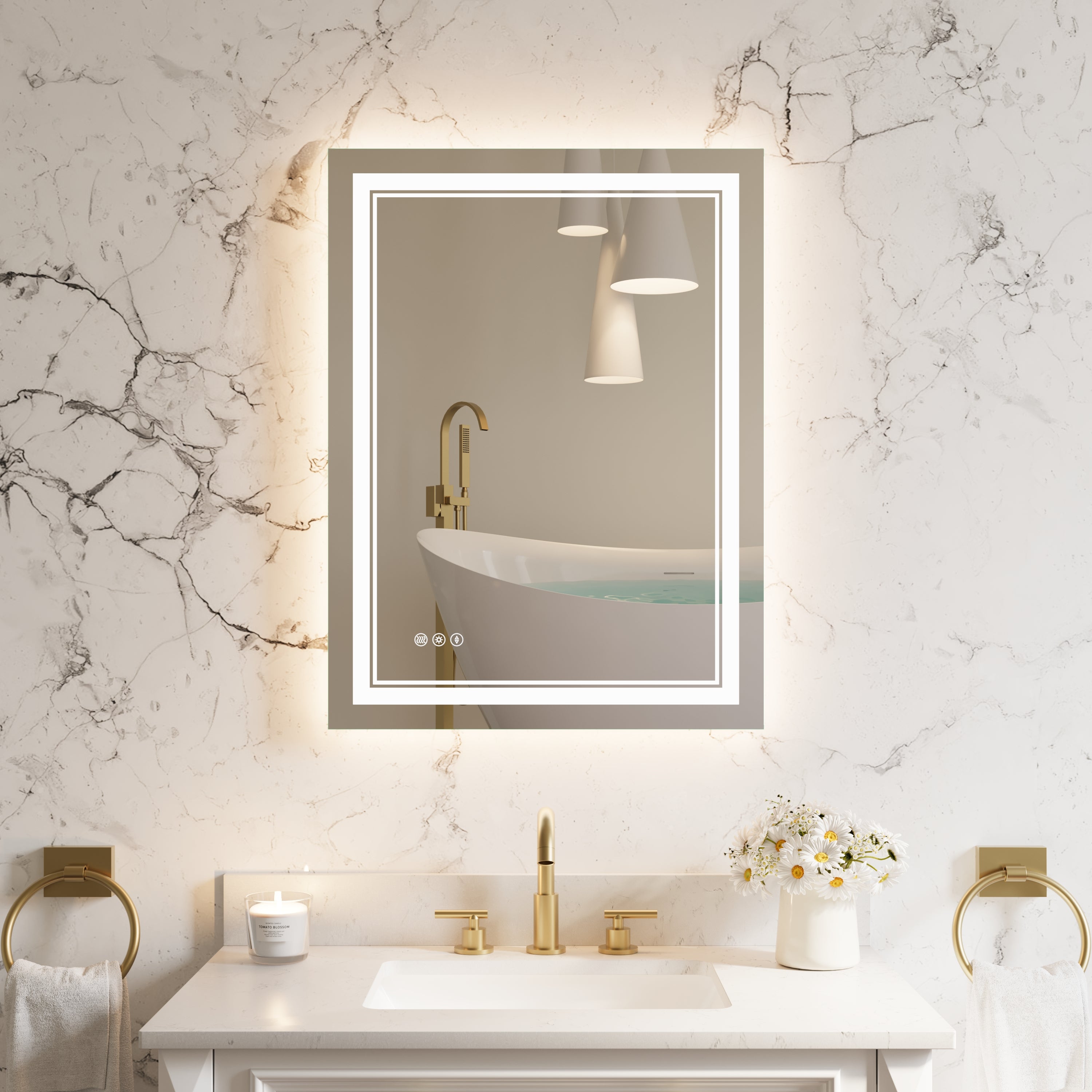








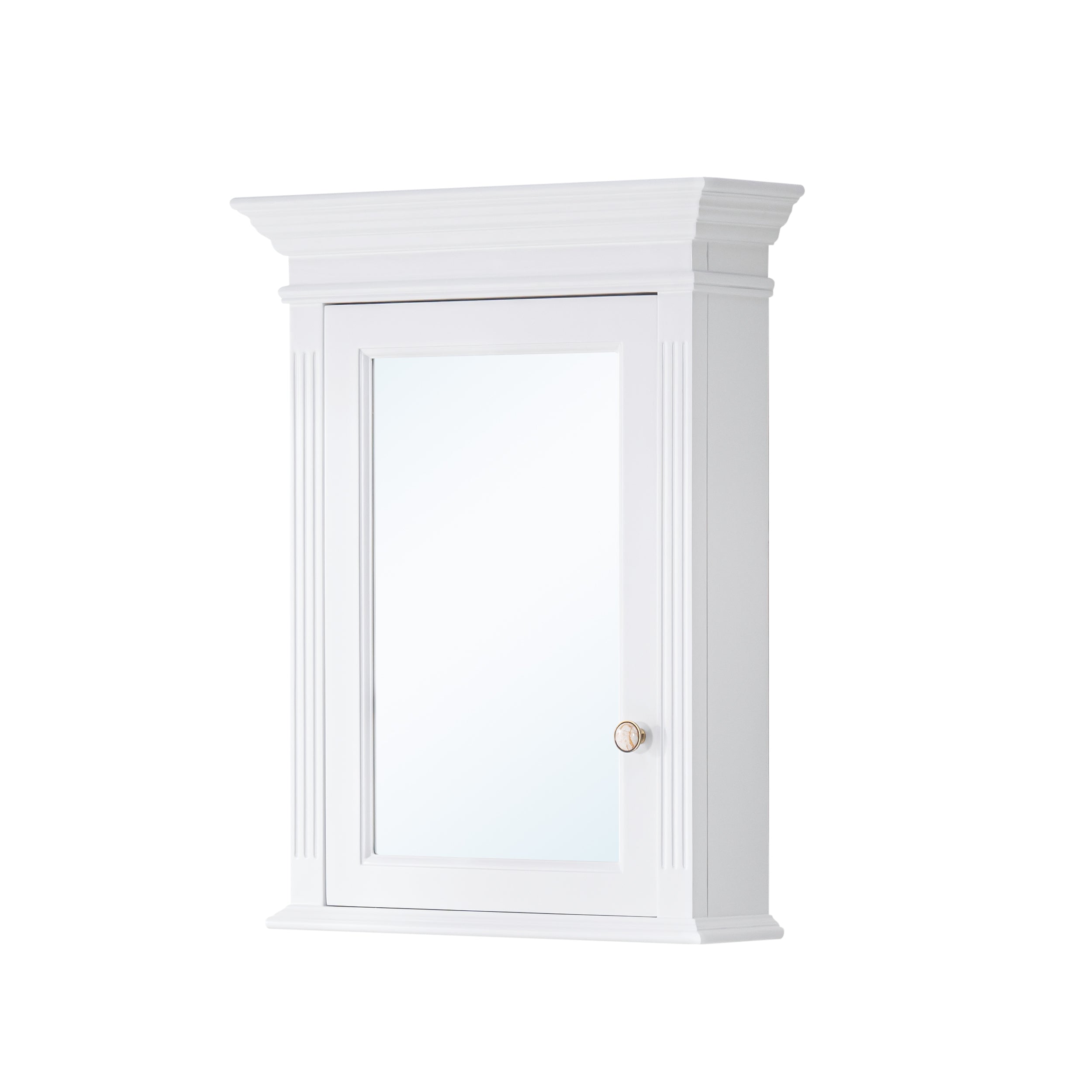
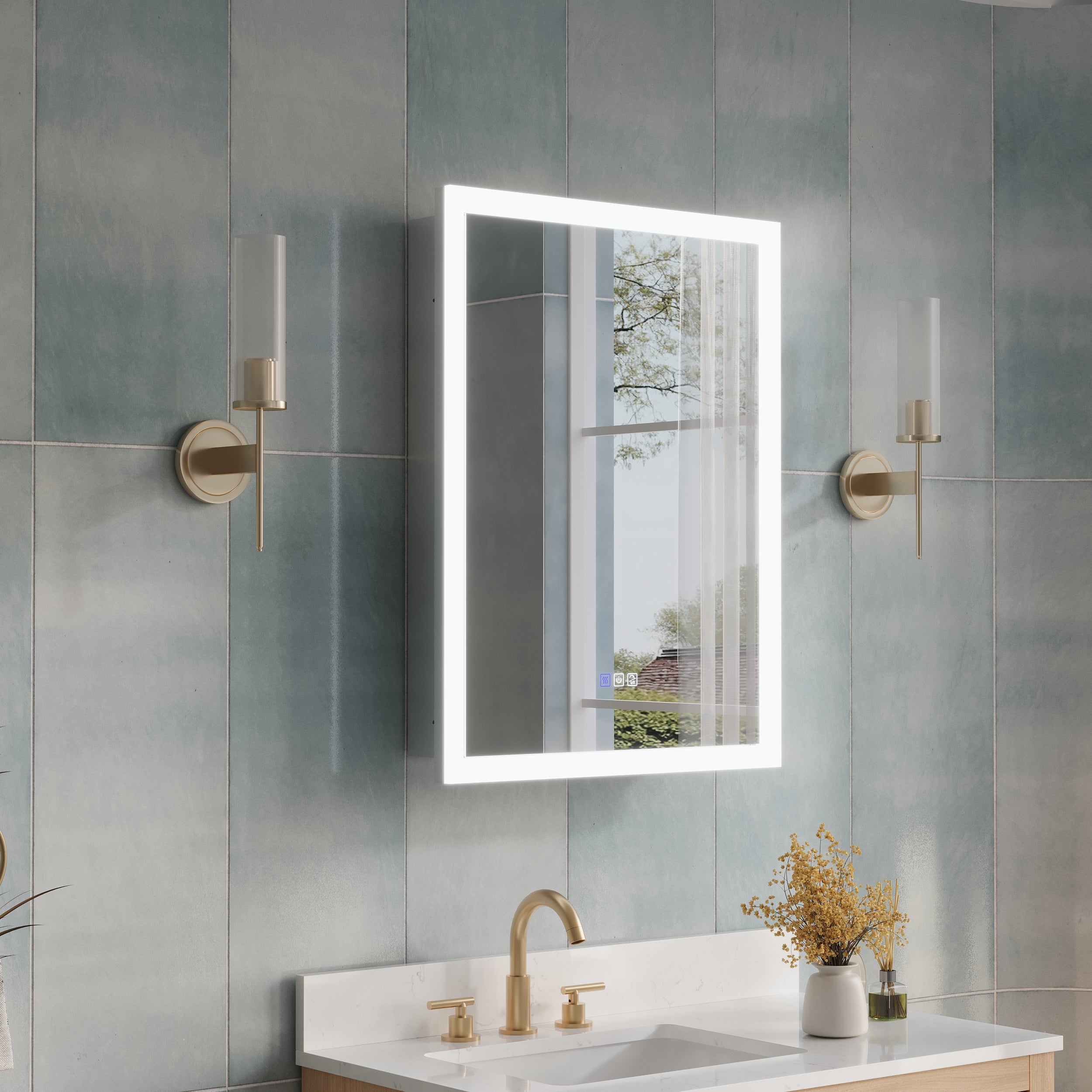
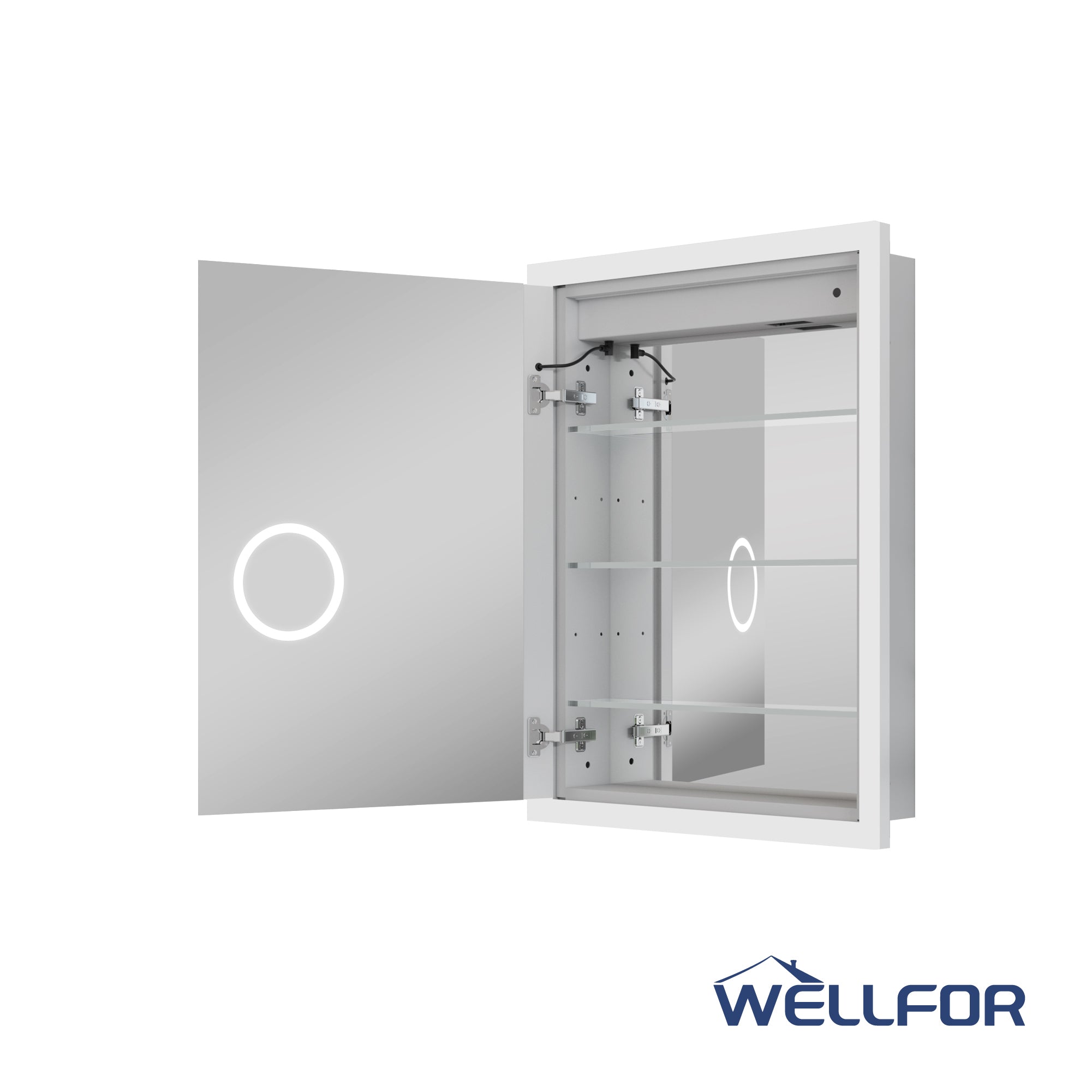
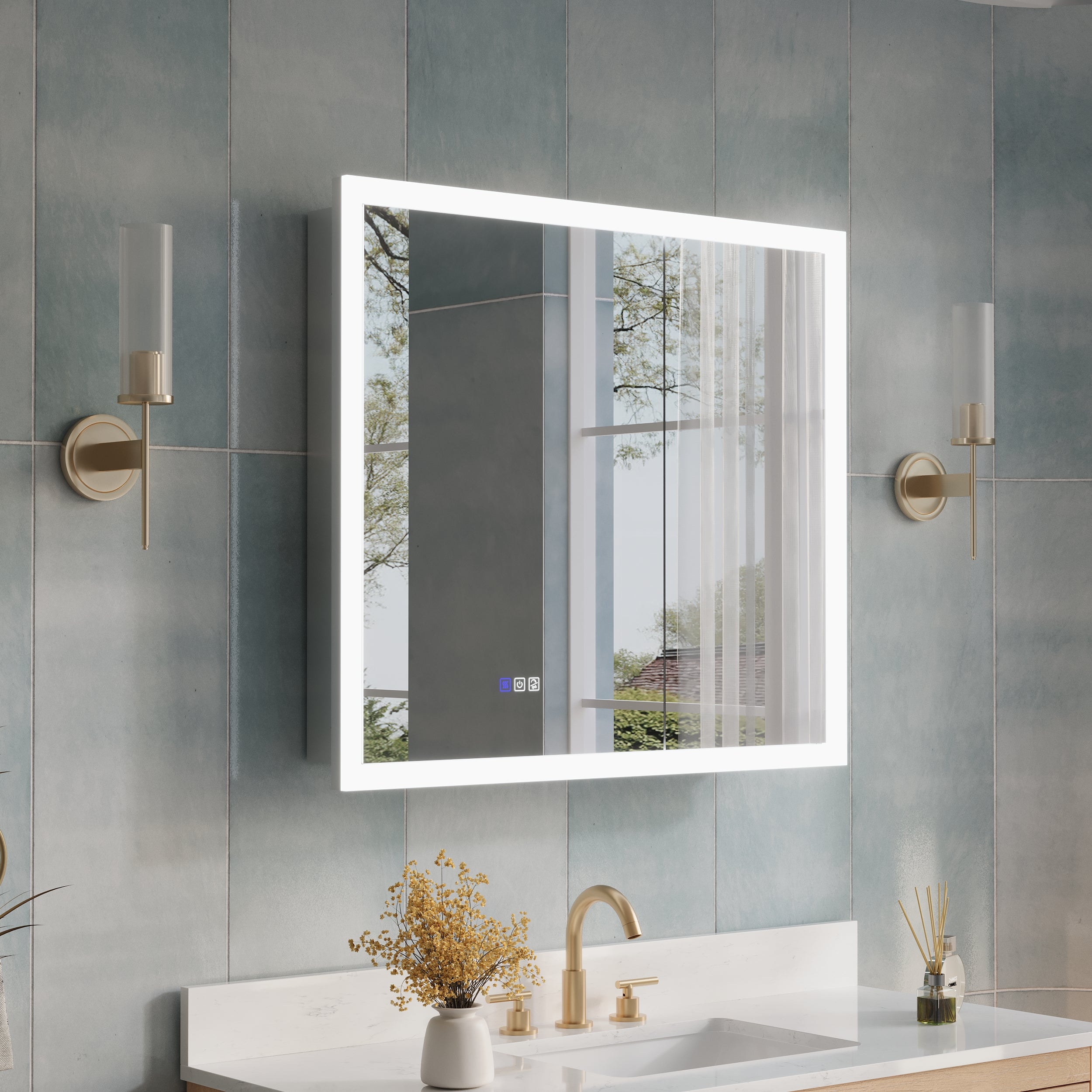



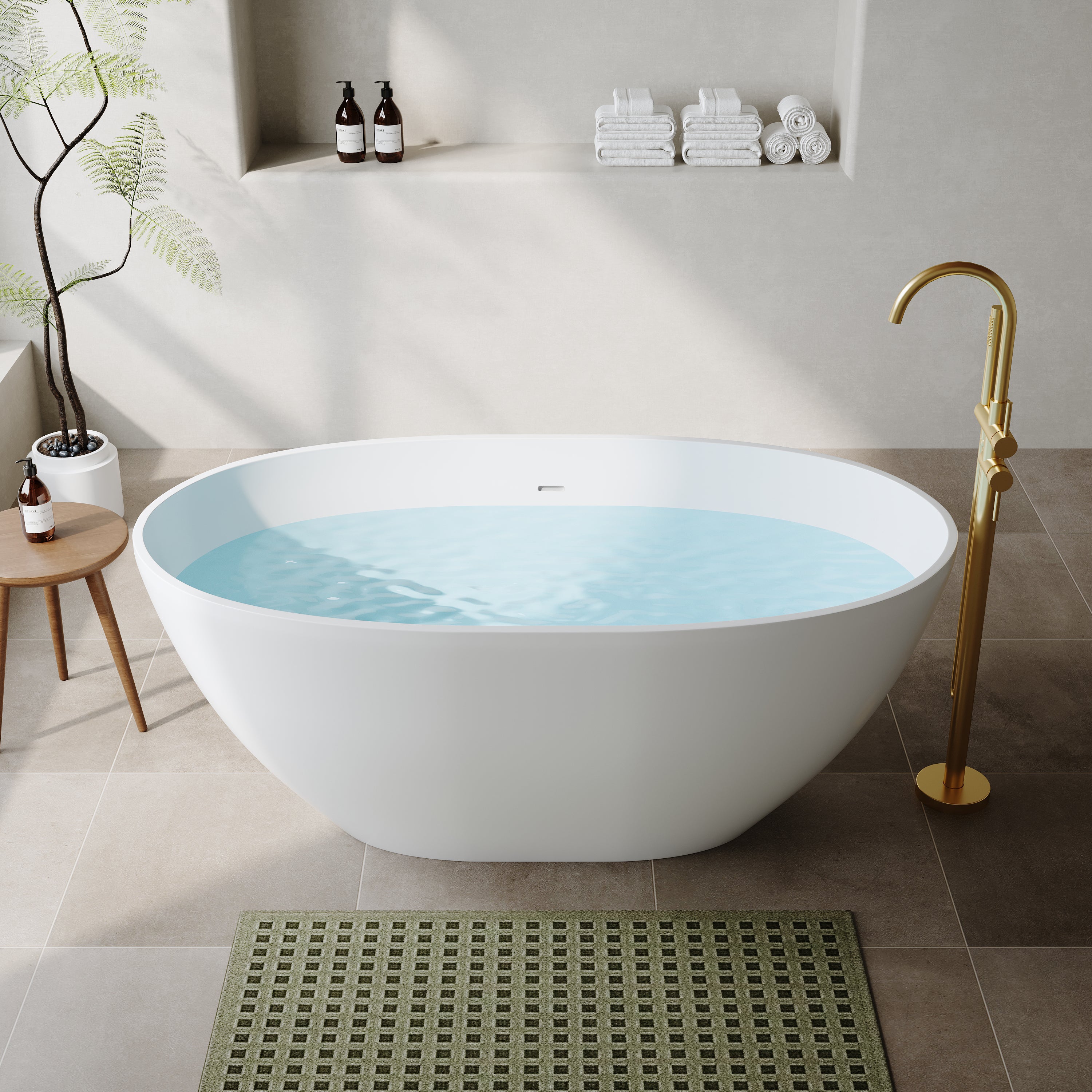


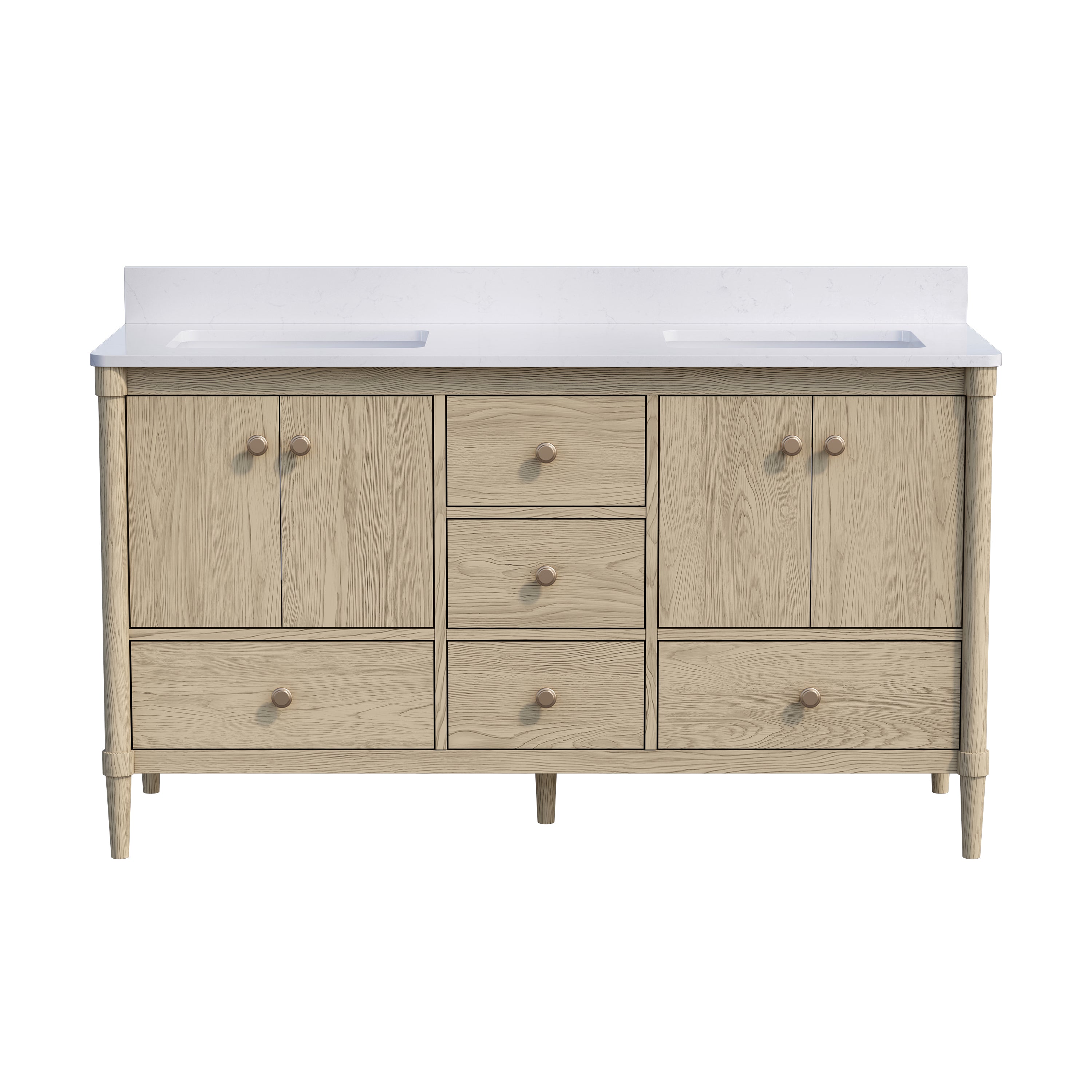
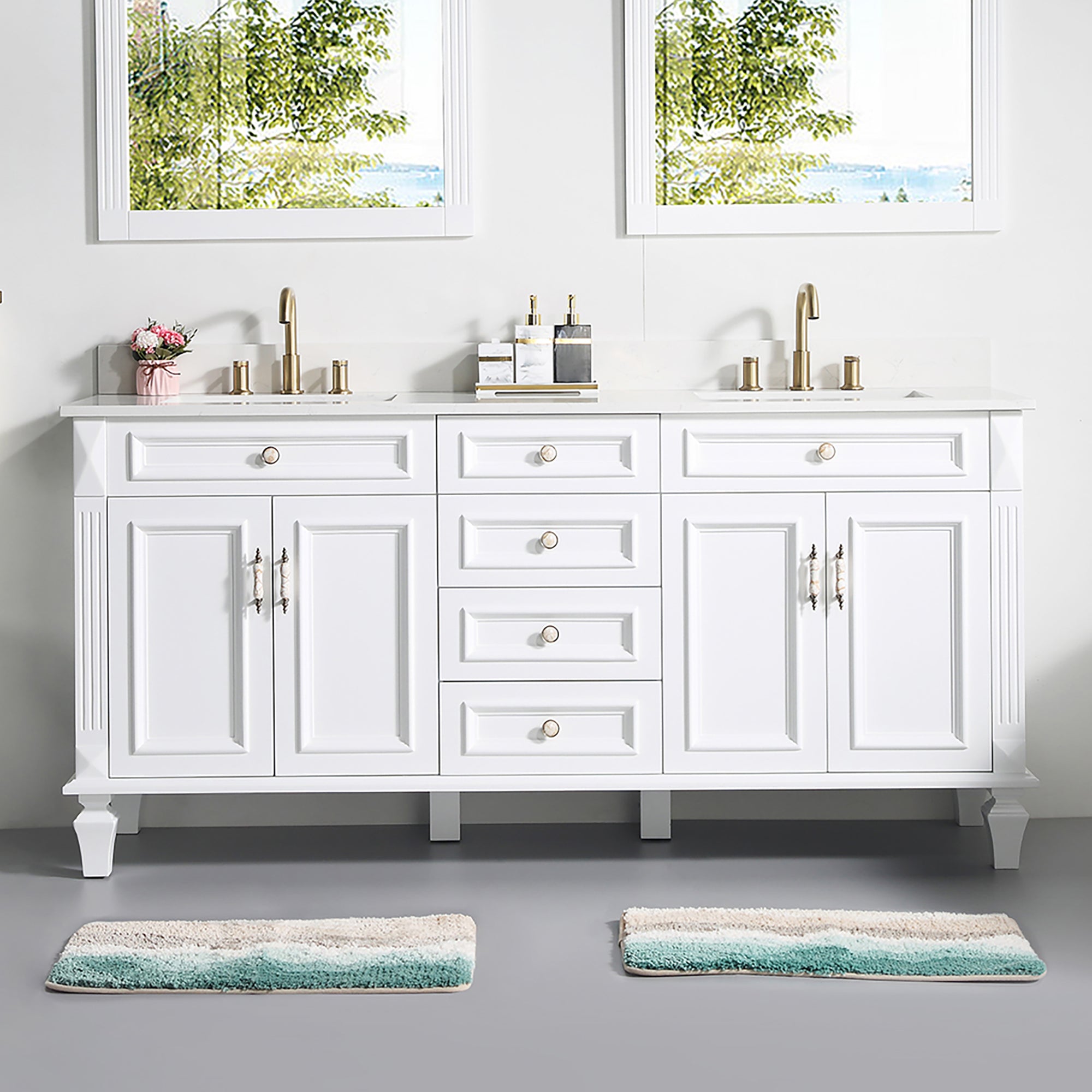
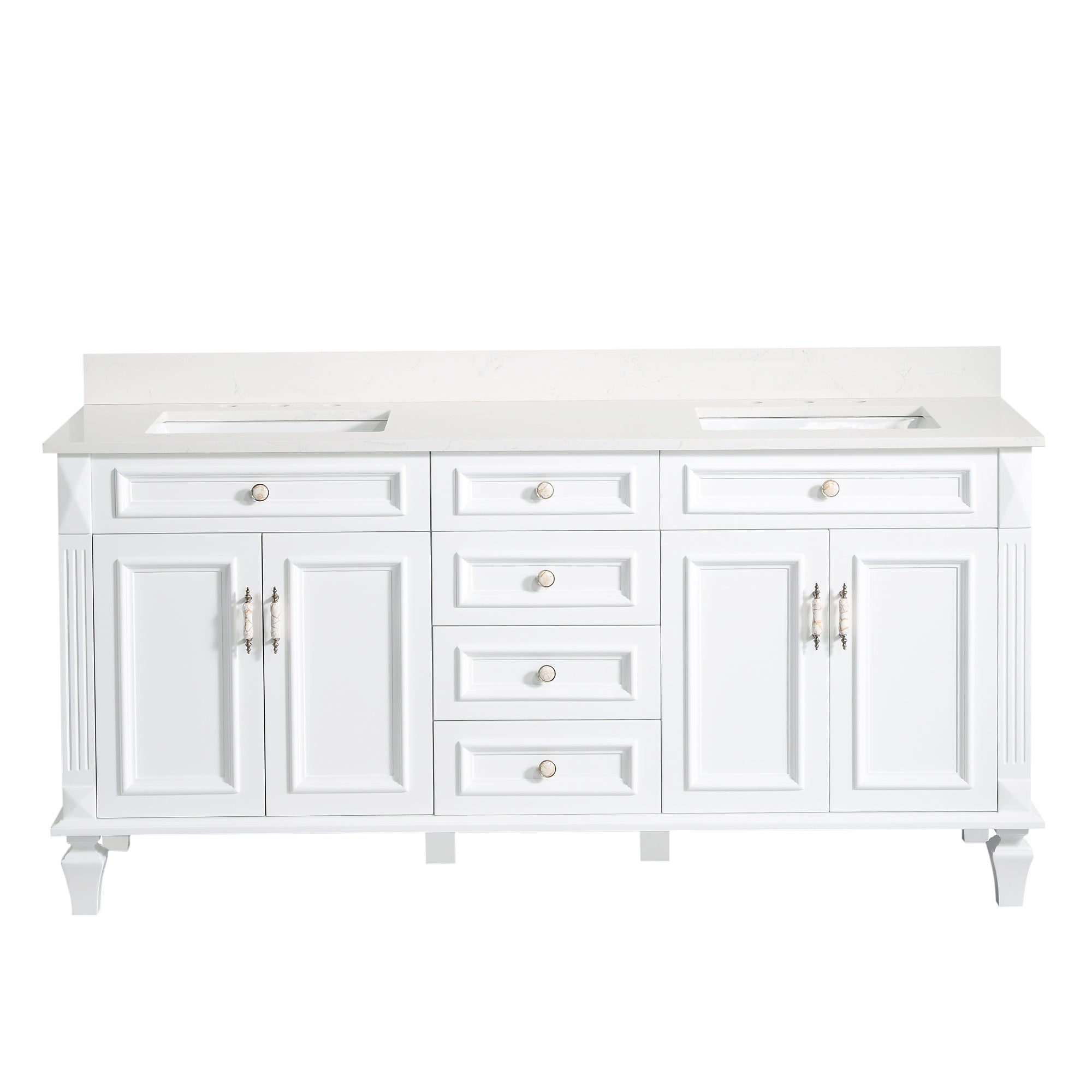
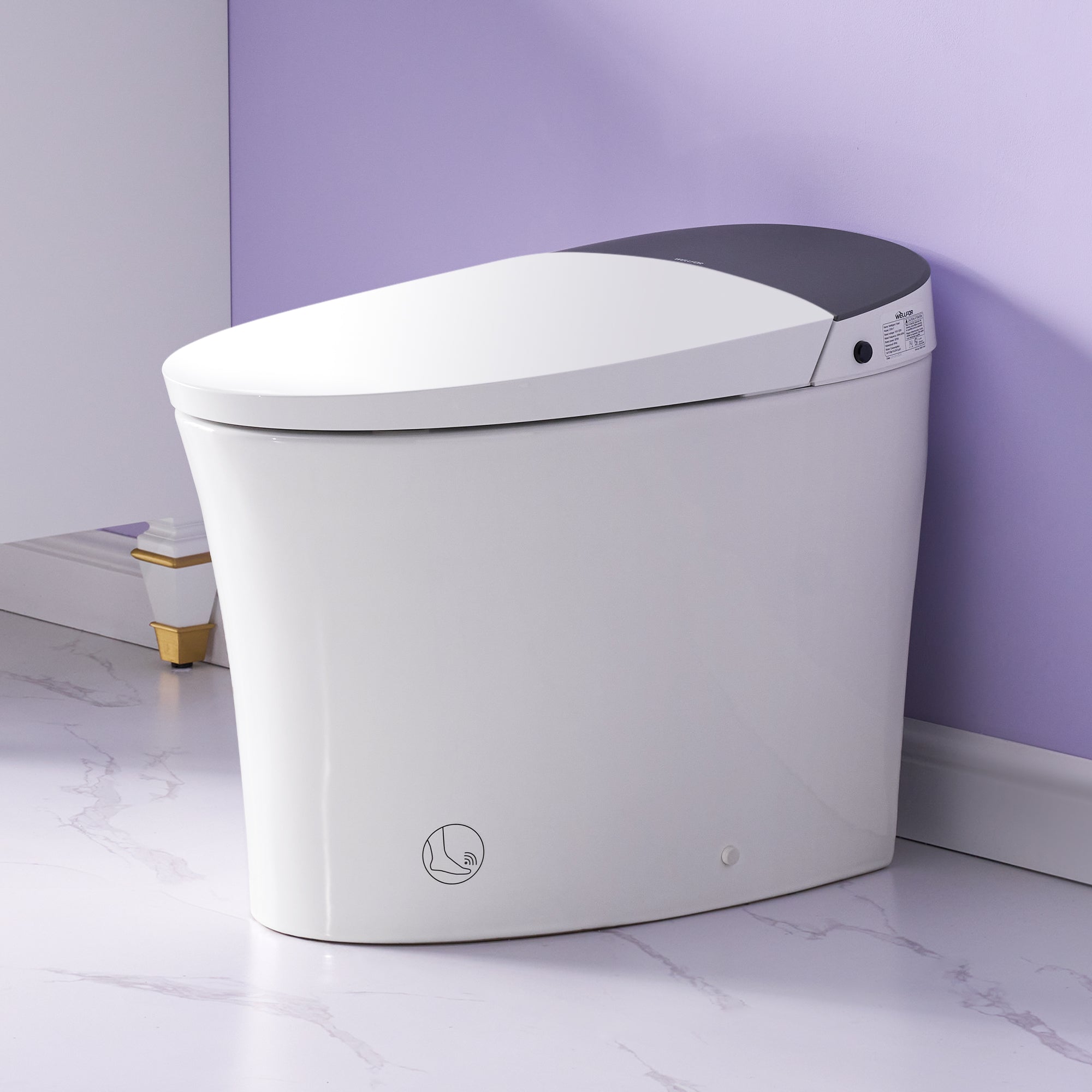
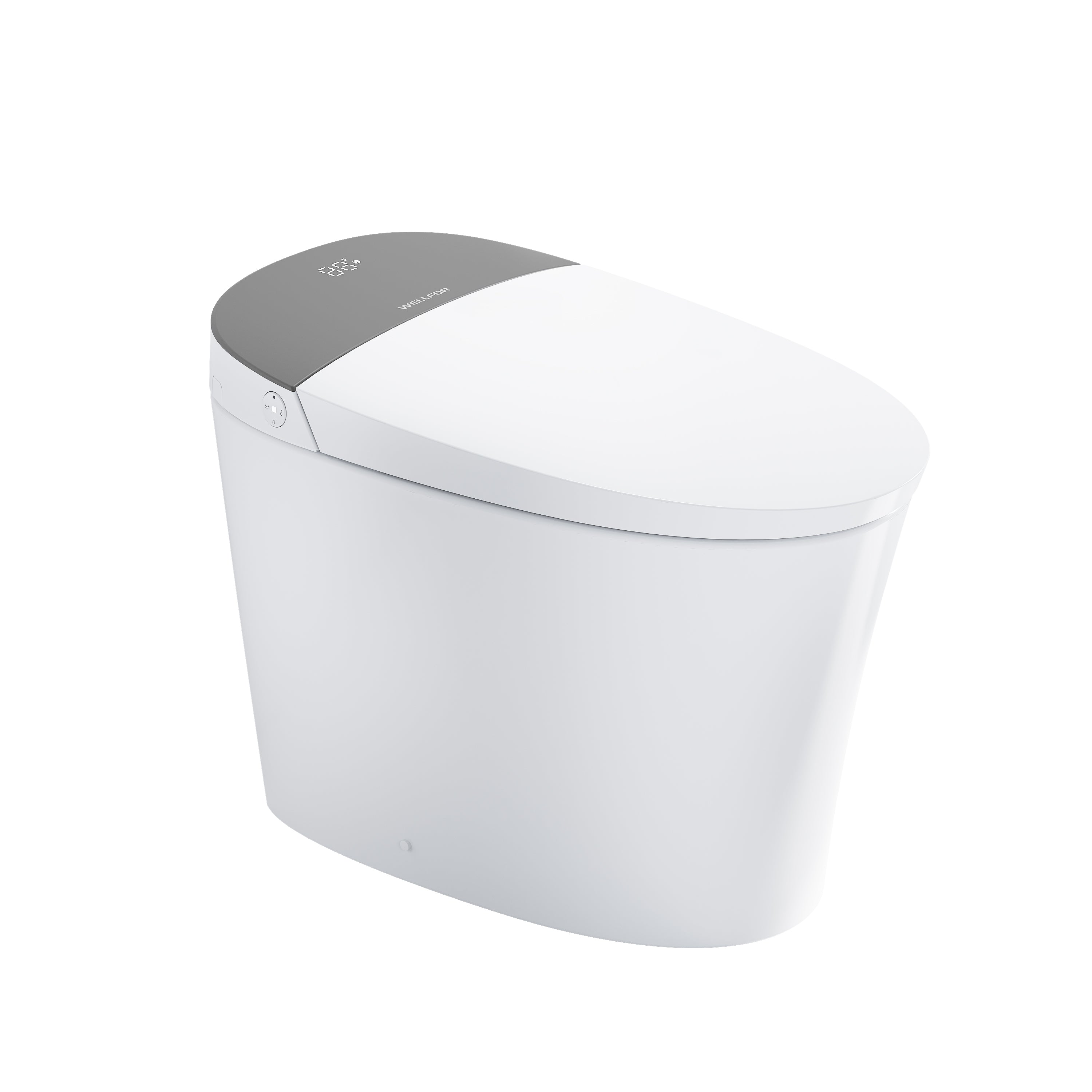

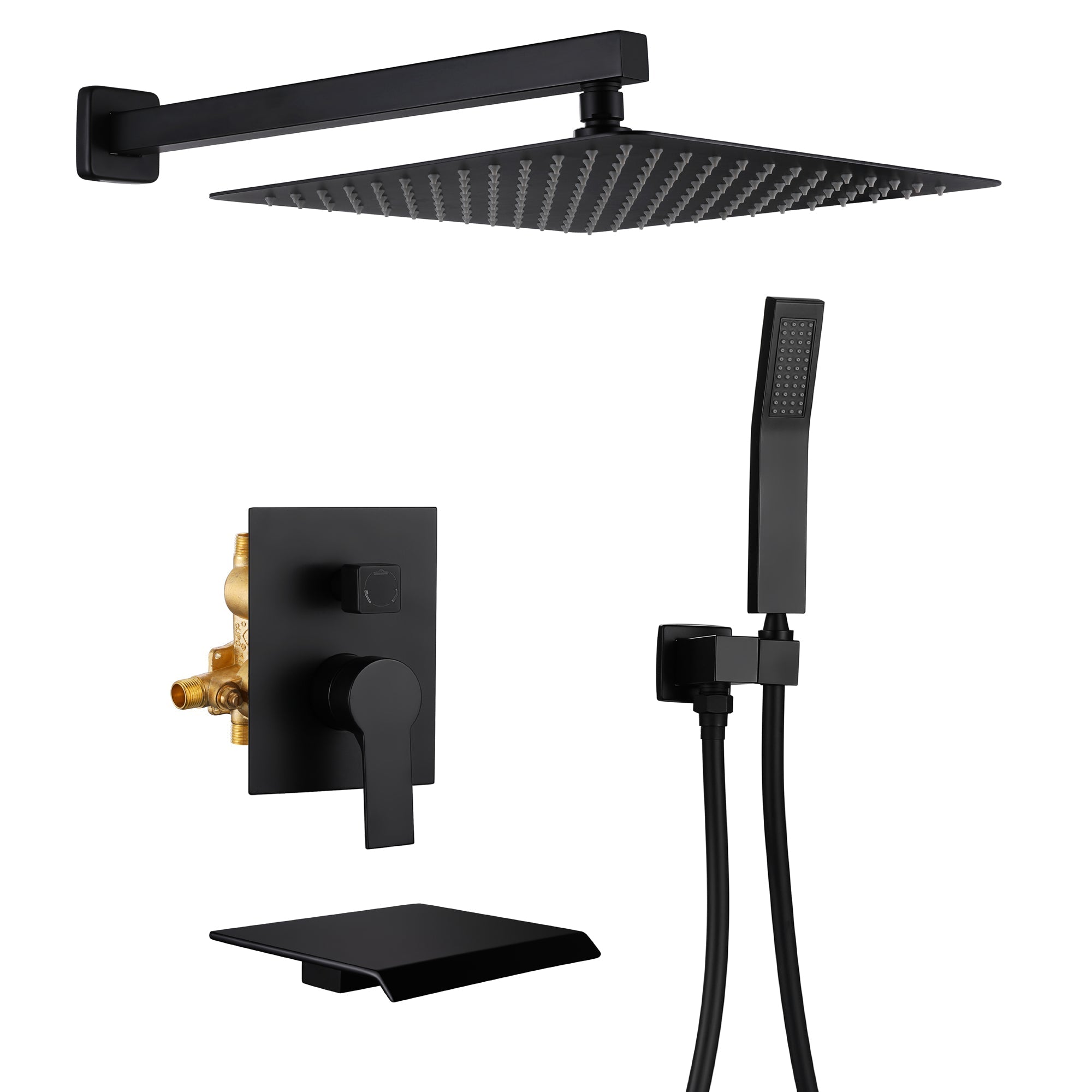
Leave a comment
This site is protected by hCaptcha and the hCaptcha Privacy Policy and Terms of Service apply.